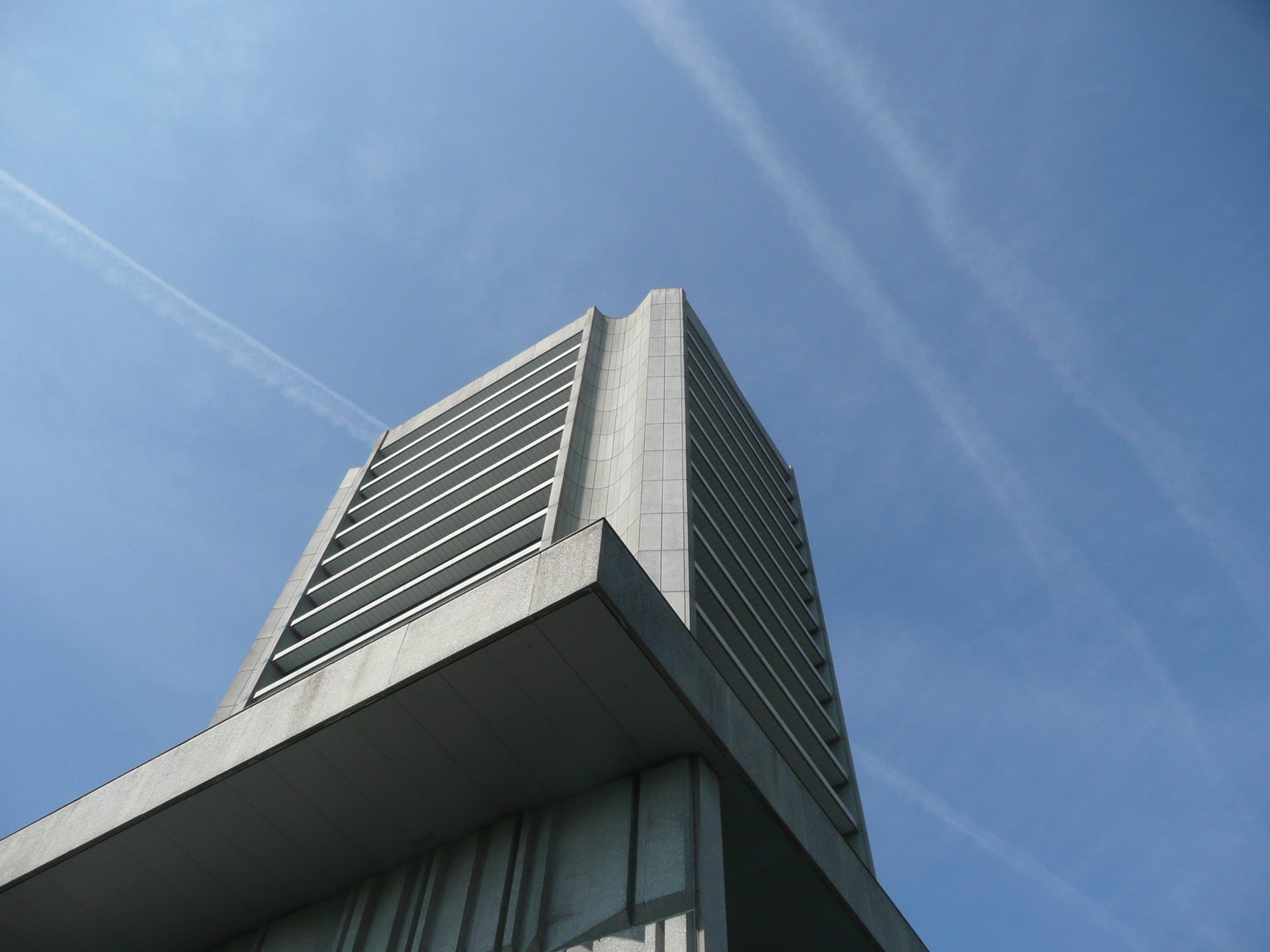TQ Building, Strijp-T
Removing the floor finishes revealed concrete damage in the structural floors of the TQ building at Strijp-T in Eindhoven. The area’s developer called in Solid Services to perform a damage analysis. After an on-site inspection, supplemented with laboratory analysis of a few concrete cores, we determined that chlorides had penetrated the floor and caused reinforcement corrosion.
Solid Services established the severity and extent of the corrosion problem by performing half-cell potential measurements. In the case of chloride damage in particular, there is often no warning in the form of visually observable damage. As such, other methods are needed to analyse the corrosion process. Corrosion is an electrochemical process and corrosion of the reinforcing steel in concrete can lead to potential differences between places that ‘sacrifice’ themselves (anode) and places that are properly protected (cathode). The potentials in these circuits can be measured with special equipment. Using advanced software, the measurement data is then converted into ‘corrosion maps’. These are coloured maps which visualise corrosion activity.
Solid Services is currently carrying out quality assurance and control while the compression layers in the building are being poured.
Additional information
By providing insight into parts of the structure that featured is corrosion activity, it is possible to selectively decontaminate the structure. We recommended remediate the sites with active corrosion using ultra high-pressure water jets. The top layer of concrete contaminated with chlorides is removed in a single operation. An additional advantage is that there is no dust formation and the reinforcement that has not yet been affected remains intact.

